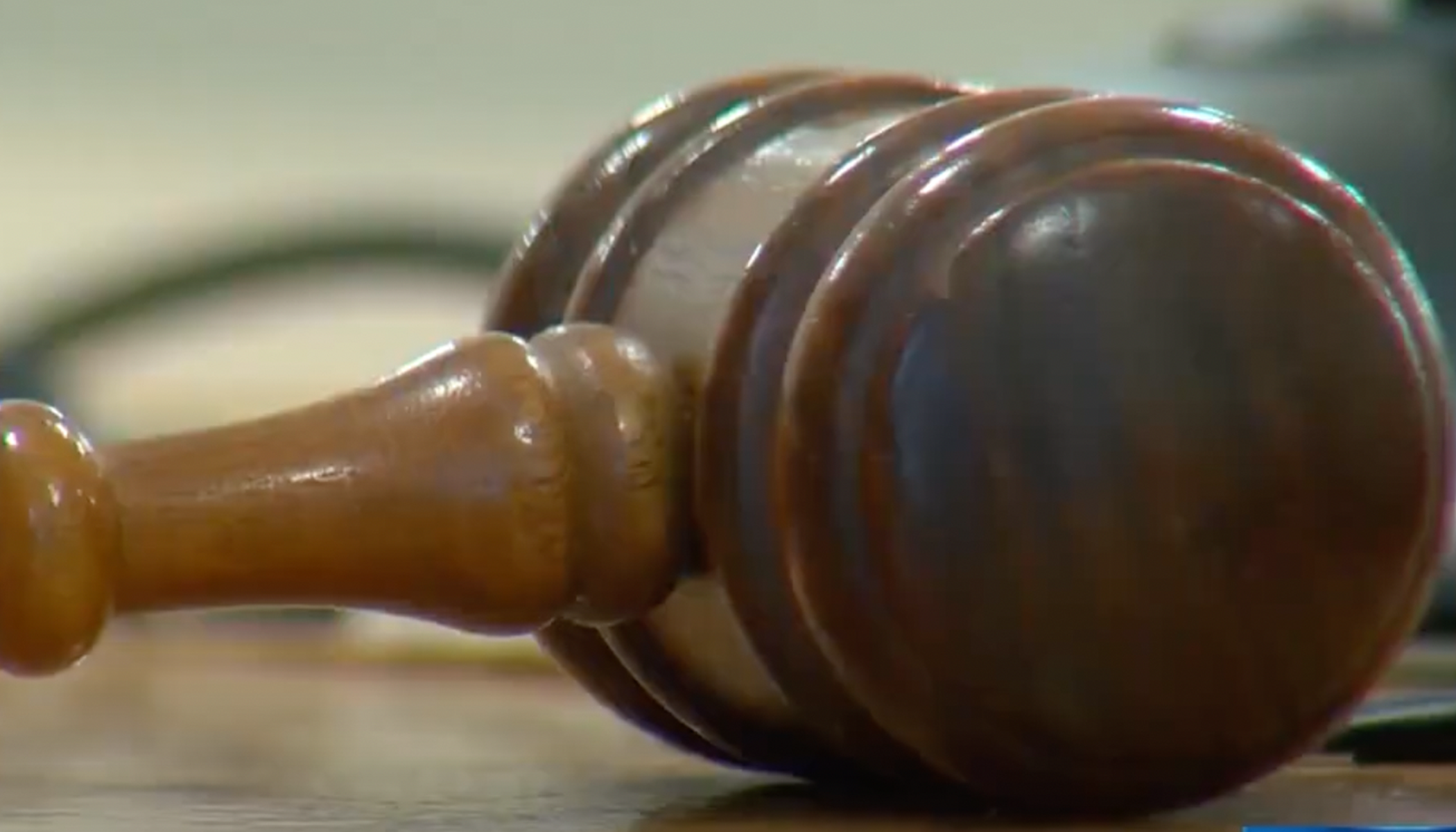Meteor shower set for Saturday night
Not only is the month of April known for bringing lots of rain showers that usher in the beautiful flowers that bloom in May, but this weekend will be the peak for a fun opportunity to view the Lyrids meteor shower.
The Lyrids meteor shower will be the most visible in the northern hemisphere, and the eastern time zone in particular will have the benefit of an early showing that should begin around 9pm, making it possible to host a get-together with friends and have a Lyrids meteor shower viewing party
The show is expected to remain visible into the wee hours of Sunday morning, according to NASA.
The Lyrids Meteor Shower has a reputation among those who enjoy Astronomy
The reputation of these meteors is that they are fast and bright in the sky, though not to the extent of the Perseids meteor shower, which takes place in August.
Nevertheless, Lyrids has been known to produce as many as 100 visible meteors per hour. These heavier showers were observed long ago in several areas such as Virginia in 1803, Greece in 1922, Japan in 1945 and the United States in 1982, according to NASA.
The average visibility during the peak of the Lyrids is about 20 meteors per hour.
"We’re talking maybe one every five minutes or so," Robert Lunsford of the American Meteor Society told SFGATE. "But the activity increases as the night progresses, and you’ll see them coming down fast, like shooting stars that last about half a second."
Viewers won't see the typical long, glowing trail of dust which is the general expectation for a meteor shower, but there might be a few brilliant flashes of light, which are known as fireballs, according to NASA.
Best place to look in the sky to see the meteors
The spot in the sky from which the meteors seem to come is close to the constellation Lyra, the harp. Astronomers call that the "radiant."
The brightest star in that constellation, Vega, will make it helpful to find that constellation. The meteors will be especially visible in that particular area of the sky, according to the Daily Mail.
The radiant point will be most visible in the Eastern sky just after midnight. As the night progresses, an increasing number of meteors will be visible just above that horizon.
A little history about the Lyrids Meteor Shower
The meteors are actually pieces of the comet “Thatcher's” dusty and rock-like trail as it heads toward the sun to make its orbit.
As the earth moves through Thatcher's dust trail during its orbit of the sun, shooting stars will become visible as sideways streaks of light in the sky. Thatcher orbits the sun about every 415 years, according to SFGATE.
The Lyrids Meteor Shower is one of the oldest known meteor shower, and has been able to be observed for about 2700 years.
The first time it was recorded as being observed was in China in 687 B.C.
Viewing this year's Lyrids Meteor Shower
This year's meteor shower is anticipated as being especially exciting by space-science enthusiasts and industry professionals in the northern hemisphere because the new moon and anticipated clear skies in some areas are anticipated to make for a nice viewing opportunity, according to WLTX.
Since the shower will be at its peak, a telescope or binoculars aren't needed to watch the show, but it is helpful to be in an area away from lots of city lights.






